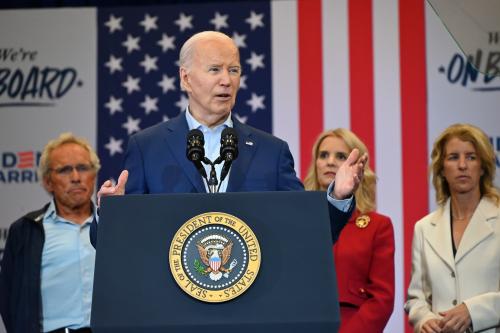Abstract
The labor force participation rate is a key measure of economic health. While the decline in prime-age workers’ labor force participation receives much attention from policymakers, it is far outpaced by the decline in participation among younger workers. In this analysis we show how changing employment and school enrollment patterns have contributed to declining labor force participation among youth, aged 16 to 24. Youth today are not disengaged; rather, declines in youth labor force participation primarily reflect a long-term but accelerating shift toward schooling and spending more time on education-related activities.









